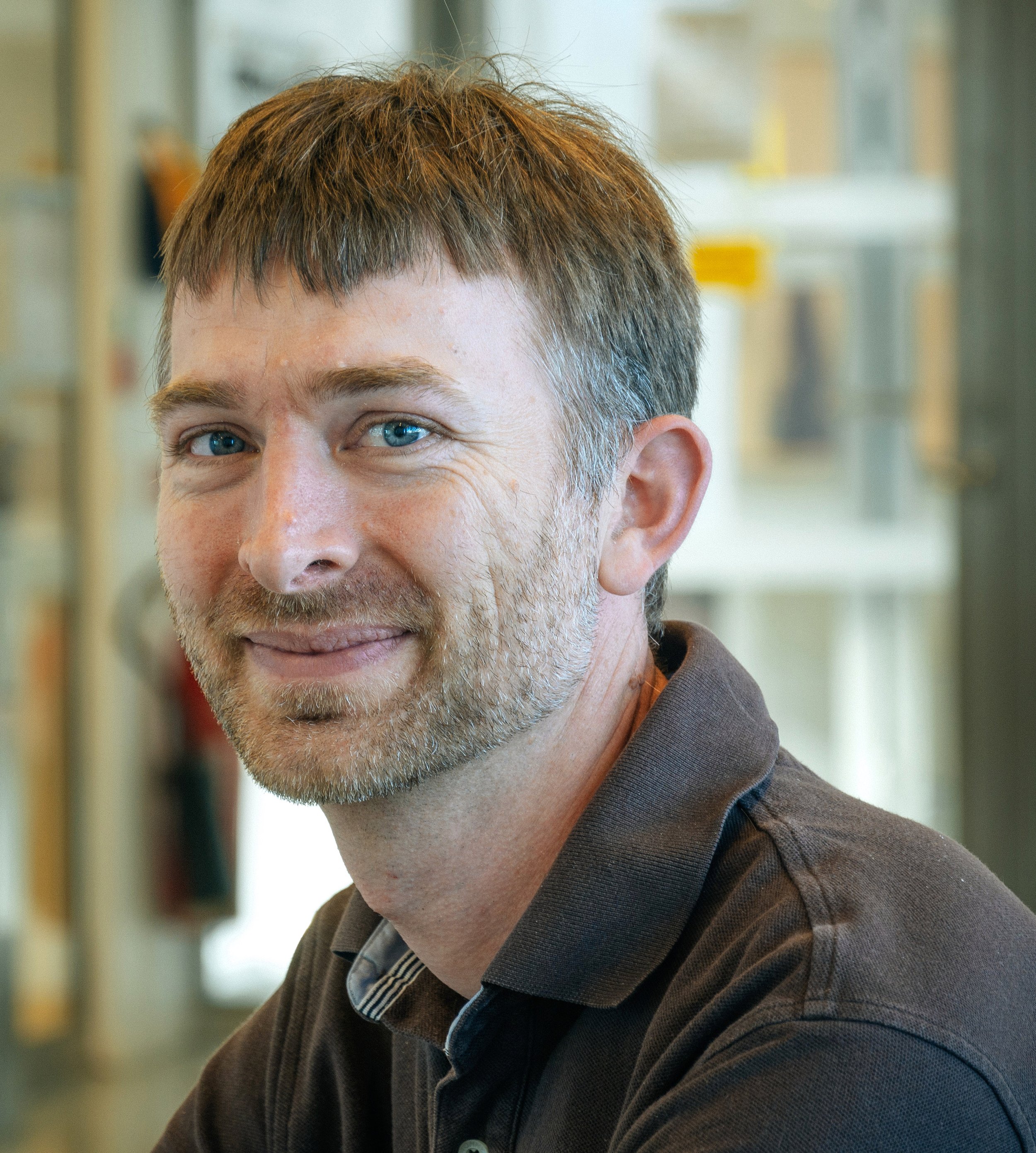Biomedical imaging workshop showcases future possibilities for imaging research
Participants at the Biomedical Imaging workshop at the balcony at Forum Medicum in Lund.
The IPDD workshop on 3D biomedical imaging at the end of May gathered 50 biomedical researchers, clinicians and imaging experts with the aim to discuss future biomedical opportunities at MAX IV and abroad.
Karin Tran-Lundmark and Martin Bech were both part of organising the event.
Karin Tran-Lundmark is Associate Professor at the Department of Experimental Medical Science, Lund University.
– The workshop gave a very nice overview of biomedical imaging possibilities at synchrotron facilities, says Karin Tran-Lundmark, Associate Professor at the Department of Experimental Medical Science, Lund University, and member of the Biomedical Imaging working group.
– It was great to see such a mix of physicists and biomedical researchers. Compared to some other workshops that we have arranged previously, this one had a high percentage of very experienced synchrotron users, which added a lot to the discussions and scientific quality.
Martin Bech is leader of the Biomedical Imaging working group, and a senior lecturer at the division of Medical Radiation Physics, Clinical Sciences, Lund University.
Martin Bech, leader of the Biomedical Imaging working group, and a senior lecturer at the division of Medical Radiation Physics, Clinical Sciences, Lund University, adds:
- This workshop attracted high-profile synchrotron experts as well as researchers with little or no experience in synchrotron based micro-tomography. The common discussions during the visit at MAX IV, and after, at the following symposium provided valuable input for future development of X-ray imaging beamlines and high impact science cases.
Presentations at the workshop included examples of successful uses of biomedical imaging techniques from experts from PSI, ESRF and EMBL amongst others, and covered talks ranging from virtual histo-tomography for cancer diagnosis, 3D imaging of pulmonary vascular disease, and multiscale and multimodal imaging of bone, to hard X-ray nano-imaging of toxoplasma gondii in different development stages, and the imaging of lung functions with synchrotron radiation.
Varied and interesting discussions
Both Karin and Martin were glad to see such good attendance and interactions at the workshop. One takeaway was the interesting discussion on the importance of multidisciplinary teams to perform successful biomedical imaging experiments, and the difference between experiments based on collaborative efforts versus paid tasks performed by core facilities. Another discussion centered on the need for more efficient data processing and storage of large data sets.
– The biomedical imaging field is moving fast, and there are many questions that need to be solved to develop optimal imaging possibilities that can elucidate biomedical research problems, for example pathological remodeling within complex 3D structures says Karin Tran-Lundmark.
Next steps for the Biomedical imaging working group
One of the aims of the Biomedical imaging working group is to continue to contribute to the development of improved imaging possibilities at MAXIV – for drug discovery and to solve pressing questions in biomedical research. To combine X-ray based imaging with techniques like in situ hybridization or immunohistochemistry, especially the novel multiplex techniques, will open possibilities to decipher important disease mechanisms. Furthermore, an in vivo imaging facility would enable unique studies of physiological as well as pathological processes. To inspire new multidisciplinary collaborations and to understand the needs of the biomedical imaging community are the motivations underlying both the recent workshop and future activities.
– We want to help establish a solid base of researchers in Sweden, as well as in other European countries, who would be interested in using future imaging beamlines at MAXIV and also explore the needs of current users. This event is a step in the right direction, says Karin Tran Lundmark.



